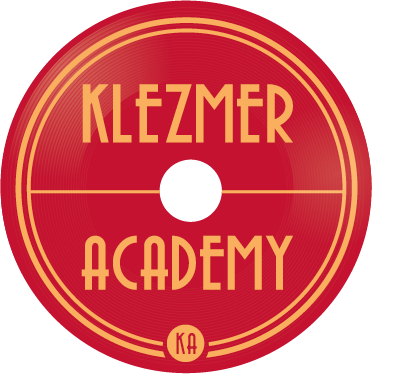When I was a child, my sisters and I got small presents on the first through seventh nights; the “big” present was saved for the last night of the holiday. In that spirit, tonight I’m sharing perhaps my most exciting recent acquisition, the only Belf Extraphone recording that has surfaced to date. It is one of ten discs recorded for Extraphone in 1914, most of which duplicate the familiar Syrena Grand titles. This recording is something completely different.
Continuing with the subject of Mendel Beilis that came up yesterday, this Belf disc represents a “theme” recording. The first side is Plach Beylisa (Beilis’s Lament), and it is a hauntingly beautiful, soulful melody in slow 3/4 time. There is the usual ensemble of clarinet, fiddle doubling the melody, secund fiddle and piano. There are a couple of surprising moments when the first fiddle actually plays a few bars of harmony.
The reverse side of the recording is entitled Osvobozhdeniye Beylisa (Liberation of Beilis) and represents a joyous response to his acquital after his year-long imprisonment. The tune is a lovely khosidl, and as in the other side, the fiddle is playing with much more freedom to veer off the melody than is ever present in the Syrena recordings.
I hope you have enjoyed these wonderful recordings as much as I have enjoyed sharing them.
Khag sameakh and Happy New Year.
**Chanukah art from screen shots of the Menorah iPad app by RustyBrick, Inc.









